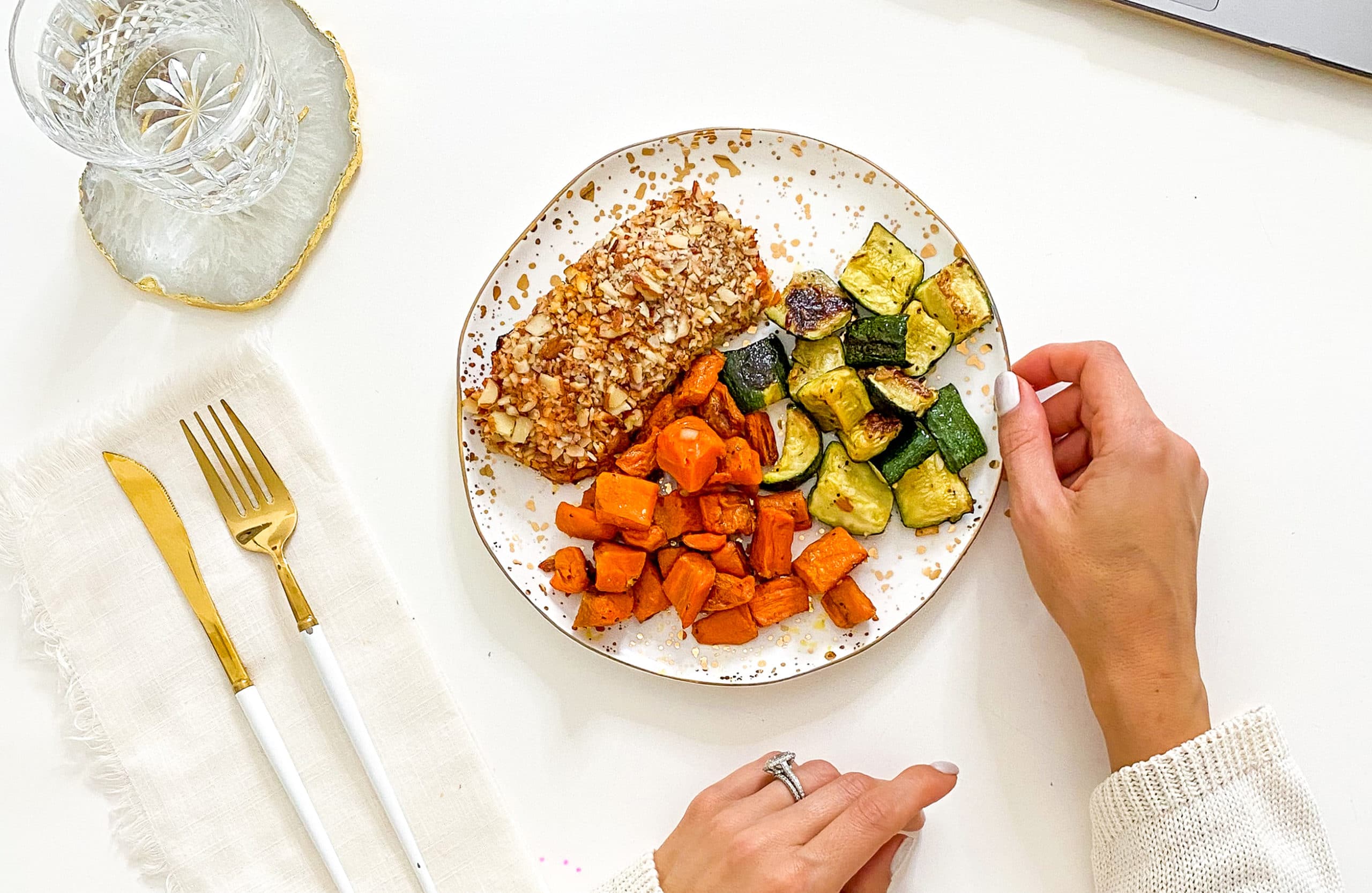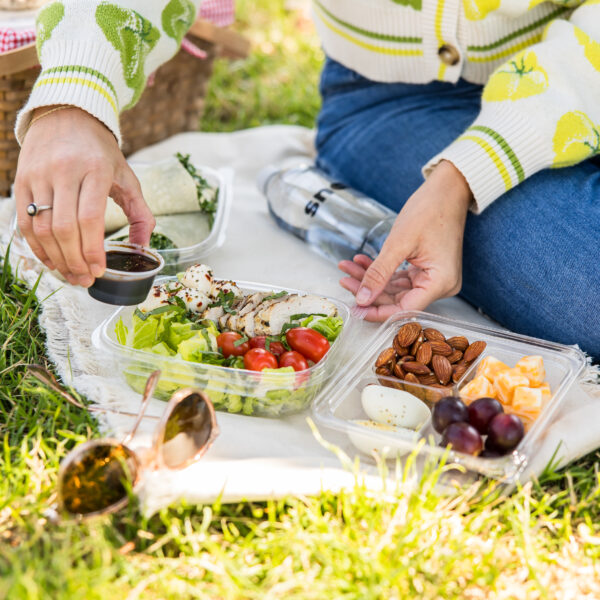Often referred to as the “sunshine vitamin”, Vitamin D seeps into your skin through sunlight, food and supplements, strengthening your bones and improving your skin. How do you get a good amount of Vitamin D, and how does it improve your health? In this article, we’re breaking down Vitamin D for you – just like your body needs to do.
What exactly is vitamin D?
Pretty commonly, when we hear vitamin D, we think of being told to drink enough milk by our doctor. While this is definitely one way to get some vitamin D, there are actually a lot of ways that you can bring it into your body.
There are two different types of vitamin D, called D2 and D3, and they’re found in food, sunlight, and supplements. It’s a fat-soluble vitamin, meaning it can be stored in the body for a long time and dissolves in fats and oils.
Some traits of vitamin D include:
- Promotes the absorption of calcium and phosphorus from your gut
- Can ease symptoms of clinical depression
- Protects against cancer
- Great for gut and mental health
- Helps physical strength in both lower and upper limbs
- Boosts your immune system
How does it get processed in the body?
According to Yale Medicine, after vitamin D gets absorbed through the skin, food, or supplements, it gets stored in your body’s fat cells. There, it remains inactive until it’s needed. When the big moment comes, your liver and kidneys will turn the vitamin D into calcitriol, also known as the active form of vitamin D! This process is known as hydroxylation.
Vitamin D deficiency
What happens when you don’t get enough vitamin D?
Not only are you at a higher risk for conditions like:
- Heart disease
- Diabetes (types 1 and 2)
- Cancer
- Autoimmune diseases (such as MS)
- Dementia
But it can also cause:
- Increased rates of bone loss
- Reduced mineral density
- Rickets, a deforming bone disorder (in children)
- Osteomalacia, or “soft bones” (in adults)
- Increased risk of falls and fractures (in older adults)
Not everyone needs to get their vitamin D levels checked, but members of certain populations with historically low levels of vitamin D should consider it. Typically, breastfed infants are those with the lowest vitamin D levels.
Getting your vitamin D
Now that it’s clear how important it is to get adequate levels of vitamin D, what are the best ways to get it?
Foods High in vitamin D
Naturally occurs in:
- Salmon
- Tuna
- Mackerel
- Beef liver
- Egg yolks
D2 and D3 fortified:
- Milk
- Cereal
- Some orange juices
Vitamin D from Sunlight
Your skin automatically produces vitamin D when exposed to sunlight. However, don’t try to get your vitamin D from tanning – this is super harmful to your skin! Sun is definitely not the safest option to get your vitamin D from, due to the risks of skin cancer associated with UVB light.
Vitamin D Supplements
Supplements come in both pill and liquid form and are recommended for people with lactose intolerance, fat absorption issues, and those who don’t get much natural sunlight. Opt for a combination of vitamins D3 and K2, but always talk to your doctor before starting any new supplements.
How do you like to get your Vitamin D?
It can be tricky to naturally work Vitamin D into your diet, so why not rely on Snap Kitchen to do it for you?! We’ve got a wide variety of Vitamin D-rich foods in our healthy, chef-prepared meals. Dinner for strong bones, in a snap!





Leave a Reply
No Comments